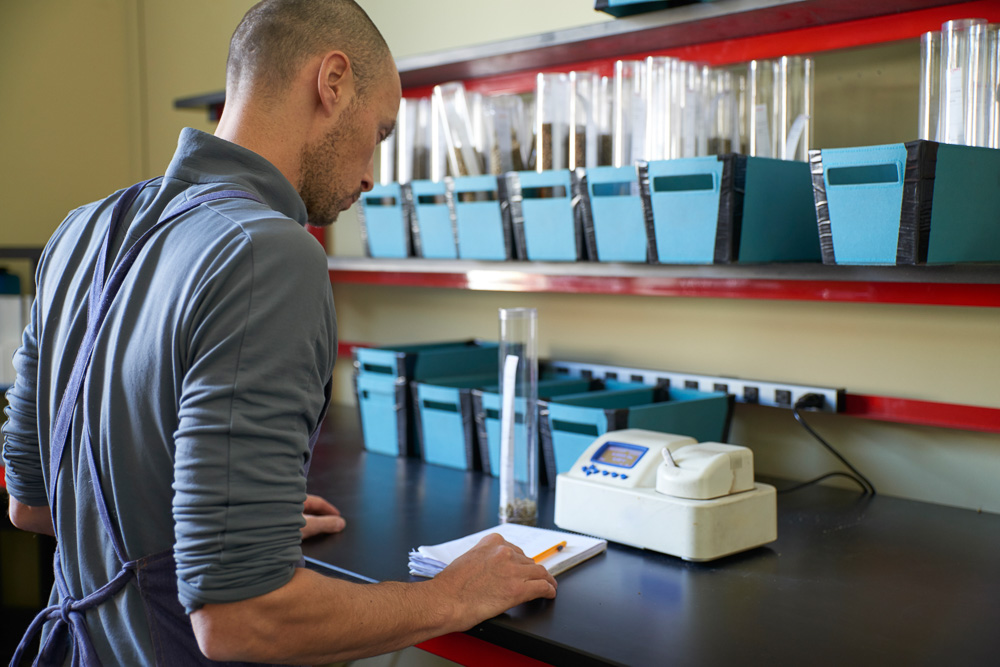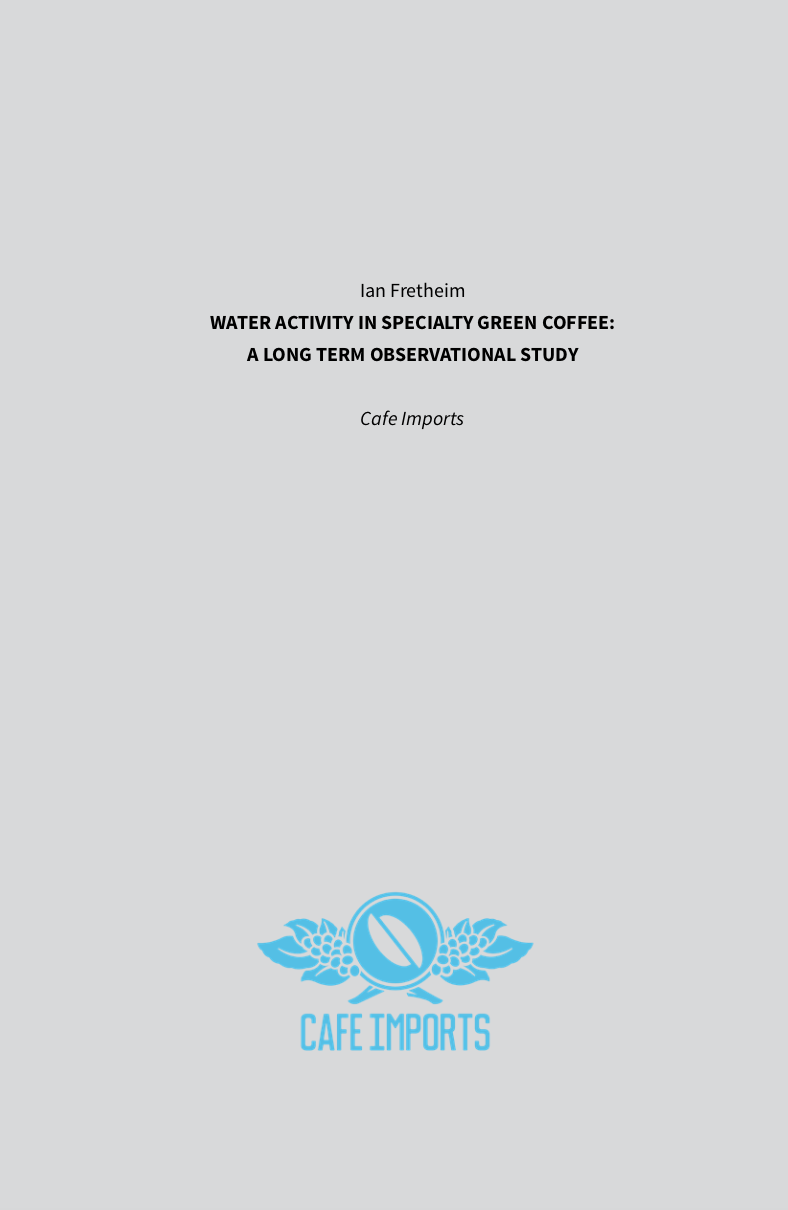SENSORY ANALYSIS
What determines good coffee from bad? At the end of the day, You Do. And so do we. And so does everyone who tastes your coffee. The question of quality in specialty coffee has for a long time been confused with the idea of sensory or quality assessment. This confusion has in turn been used as a tool for gatekeeping and collecting tolls.
Quality (aka good or bad) is an interpretation that a person makes after processing (aka tasting) some information about a coffee. Of course, quality can be assigned from more than just tasting. In the context of Sensory Analysis, however, tasting is the main mode that we’re going to look at.
Quality assessment on the other hand is what occurs when that person has a stated metric for what constitutes quality and a system for measuring coffees against that metric. While the metric itself is still just what some person or organization thinks is good and bad, there are key differences from the “quality discovery” of tasters who are determining quality at the table. For one, quality assessment means that cuppers are not determining the quality of a coffee or its attributes. Instead, they are measuring the target qualities of a coffee against a stated metric for those qualities. The stated metric is the definition of quality. This definition, as a stated metric, brings us to another key difference which is that in a quality assessment environment the qualities and their values are fixed. Chocolate is always chocolate in an assessment system whereas in undefined systems sometimes chocolate is great and sometimes it’s not.
At Cafe Imports, we have stated and standardized our quality metrics in a cupping tool called the Coffee Rose. We have a team of professionals in our sensory analysis department whose job it is to assess, describe, and assist with the purchasing of every lot of green coffee that passes through our international warehouses and offerings sheets. Our cupping lab evaluates more than 5,000 coffees each year. The professionals in our sensory analysis department are also constantly roasting, sorting, inspecting, and tracking additional data such as moisture content, coffee bean color, shape, and size, and water activity.
While all of this is true, it doesn’t mean that you have to agree with what we think is good. Because the Coffee Rose is freely available for anyone to use, our preferences are on full display. There’s nothing hidden there, and we don’t mistake our preferences for yours or law. If you love the herbal or nutty or low acid coffees that we don’t score as highly, we’d much rather know and use that information to help you find the coffees that you love than worry for even a second about whether one coffee is somehow cooler than another. We don’t use our sensory team and coffee ratings to try and make you like what we like. Cupping and the Coffee Rose are tools that we use to gather the best coffee information that we can, with the specific goal of better helping you find your coffees. We are not coffee critics at Cafe Imports. We are coffee somms. We have access to and experience with a massive range of coffees and can help you find exactly what you’re looking for.
Check the drop downs below for even more in-depth information about how we conduct sensory analysis here, what our cupping scores and notes mean, and how you can get involved and use the Coffee Rose in your own roasteries and shops.
STEP-BY-STEP INSTRUCTIONAL GUIDE TO CUPPING
To learn about our protocol and learn more about cupping the Cafe Imports way (which is not the only way and certainly not the only right way), enjoy the step-by-step instructions in this PDF.
WATER ACTIVITY IN SPECIALTY COFFEE
A Long Term Observational Study by Ian Fretheim
Since 2012, Cafe Imports’ sensory analysis team has been collecting water activity (Aw) data on every coffee sample that crosses their cupping table, logging the results in a massive database that has now topped 25,000 samples. After noticing that water activity is one of the most-discussed but least-understood variables in specialty coffee at the moment, sensory analysis director Ian Fretheim decided to put the numbers collected through rigorous evaluation, to see if he and U.S. sensory lab manager Megan Person could arrive at any definitive conclusions about the role of water activity in specialty green coffee. This paper is the result of that long-term study.
There are two relevant measures discussed and compared throughout the paper presented here, and it is helpful to briefly understand them both before diving in: moisture content (MC) and water activity (Aw). Moisture content is measured in percentage (%), and is the amount of water in a system. Water activity (Aw) is a reading that states the energy status of the water in a system. Think of a pot of fresh water and a pot of saltwater side-by-side on a stove: The amount of water in the pots is the moisture content, and the energy it takes for each to boil relates to its water activity.
Acknowledgments
Ian Fretheim and Cafe Imports would like to thank:
Paul Songer of Songer and Associates in Colorado for his immeasurable help in making the scientific underpinning of water activity more understandable.
Michael Beermann at Sci-Fi Food in Norway for reviewing an early draft and making such insightful suggestions for areas that needed clarification and improvement.
Shawn Steiman, PhD at Daylight Mind and Coffea Consulting in Hawaii for encouraging Ian to take a scientific attitude during the writing process, making the time to review the paper, and offering valuable questions and suggestions.
Ever Meister, Cafe Imports’ resident copyediting nerd, for painstakingly dotting I’s and crossing T’s and for making sure Ian’s leaps of thought were as tied down to the ground as they possibly could be.

Ian Fretheim, Cafe Imports’ Director of Sensory Analysis
